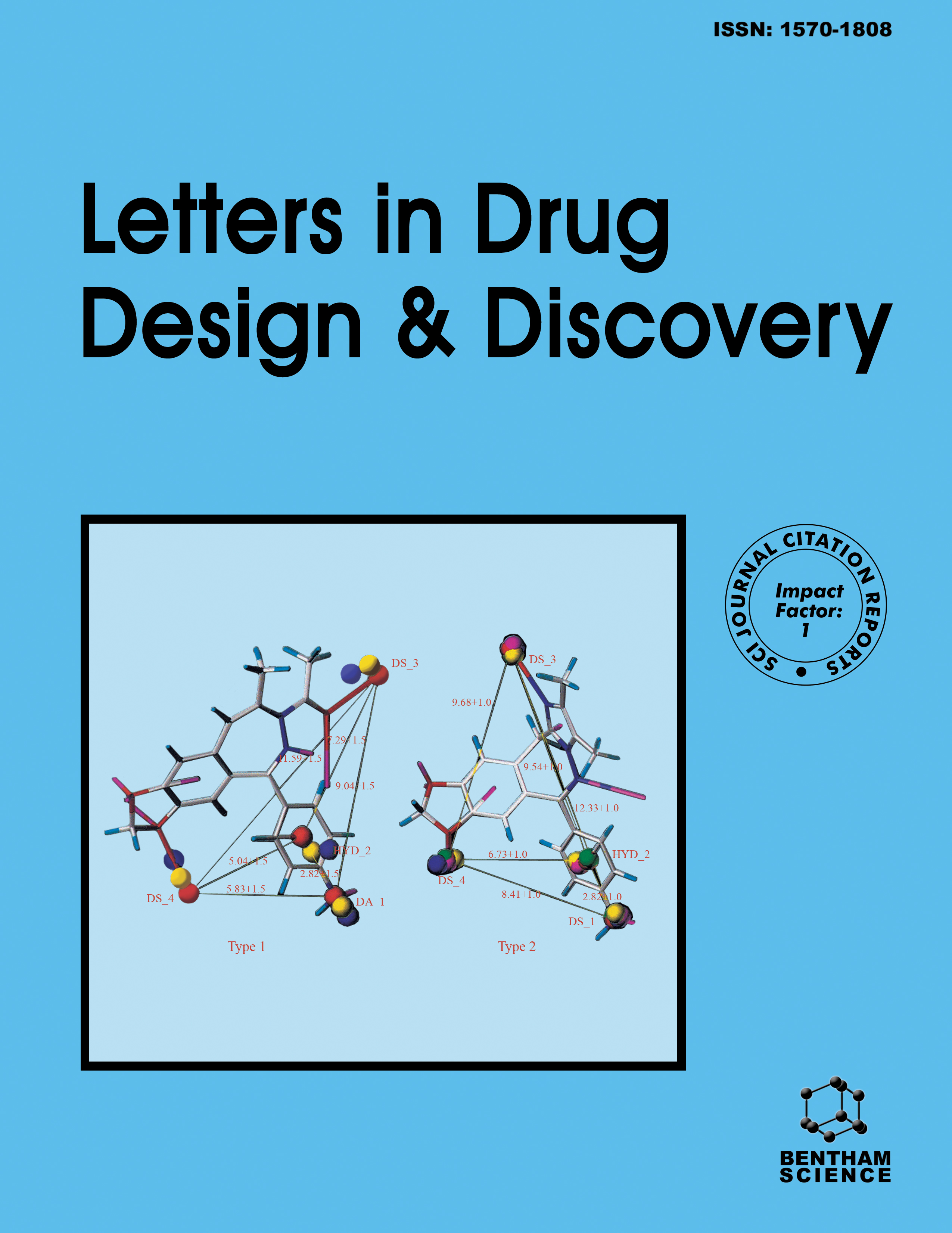
Full text loading...
We use cookies to track usage and preferences.I Understand
In recent years, as the biological activity of the quinoxaline skeleton has been revealed in numerous studies, interest in synthesizing new prototype molecules for the treatment of many chronic diseases, especially cancer, has increased.
The desired alkoxy substituted aminoquinoxalines (AQNX1-9) were synthesized by the reaction of QNX and alkoxy substituted aryl amines such as 2-methoxyaniline, 4-methoxyaniline, 2-ethoxyaniline, 3-ethoxyaniline, 4-ethoxyaniline, 4-butoxyaniline, 2,4-dimethoxyaniline, 3,4-dimethoxyaniline, and 3,5-dimethoxyaniline according to the previously published procedure. QNX was aminated in DMSO at 130°C. We synthesized various alkoxy substituted aminoquinoxaline compounds (AQNX1-9) and evaluated their anticancer and antimicrobial activities in order to expand the search to related structures. In particular, two aminoquinoxaline (AQNX5 and AQNX6) compounds, coded as NSC D-835971/1 and NSC D-835972/1 by the National Cancer Institute in the USA, were screened for anticancer screening at a dose of 10-5 M on a full panel of 60 human cell lines obtained from nine human cancer cell types (leukemia, melanoma, non-small cell lung, colon, central nervous system, ovarian, kidney, prostate, and breast cancer).
Further in silico studies were also conducted for the compound AQNX5 (NSC D-835971/1), which was found to be the most active antiproliferative agent, especially against leukemia cell lines. Molecular docking studies showed that AQNX5 interacted with Glu286 and Lys271 through hydrogen bonding and π-stacking interaction in the ATP binding region of Abl kinase, which is indicated as a potential target of leukemia. Besides, AQNX5 occupied the minor groove of the double helix of DNA via π-stacking interaction with DG-6.
According to in silico pharmacokinetic determination, AQNX5 was endowed with drug-like properties as a potential anticancer drug candidate for future experiments. In the light of these findings, more research will focus on aminated quinoxalines' ability to precisely target leukemia cancer cell lines.

Article metrics loading...

Full text loading...
References


Data & Media loading...

